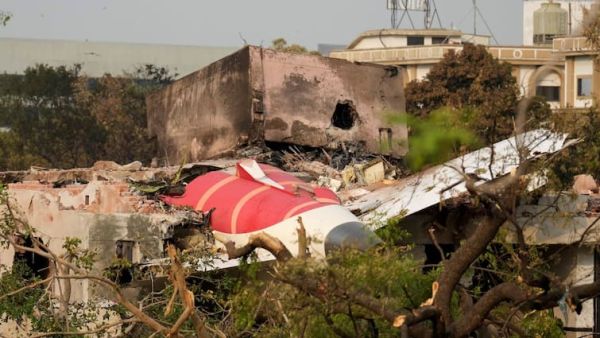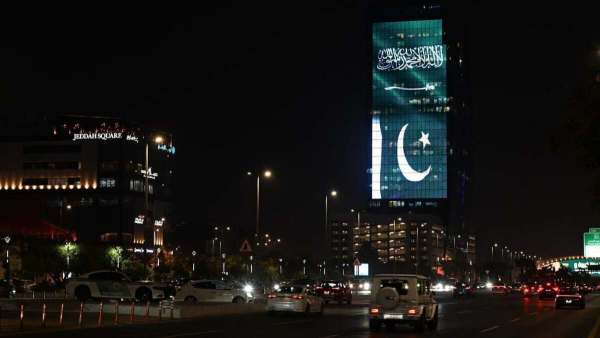
The families of four passengers who lost their lives in the June 12 crash of an Air India Boeing 787 have filed a lawsuit in Delaware Superior Court, holding Boeing and Honeywell accountable.
The case alleges that faulty fuel cutoff switches, designed by Honeywell and installed in Boeing aircraft, played a role in the tragedy, even though US regulators have indicated these components may not have been the cause, reported Reuters. The disaster, which occurred seconds after take-off from Ahmedabad on Flight 171 bound for London, claimed 260 lives.
Concerns Over Fuel Switches
Central to the families’ legal claim is a 2018 advisory issued by the US Federal Aviation Administration (FAA). The advisory recommended operators of Boeing aircraft, including the 787, check the locking mechanism of fuel cutoff switches to ensure they could not be accidentally moved. Air India’s Aircraft Accident Investigation Bureau (AAIB), in its preliminary report, revealed that the airline had not undertaken these suggested inspections. Maintenance records further show that the throttle control module, which incorporates these switches, had been replaced in both 2019 and 2023 on the aircraft involved.
Despite these omissions, the AAIB noted that all applicable airworthiness directives and service bulletins were followed.
Pilot Actions Under Scrutiny
Cockpit recordings cited by Reuters suggested that the aircraft captain may have cut fuel flow to the engines. The lawsuit contends that the location of the switches increased the likelihood of inadvertent activation, arguing that normal cockpit movement could have led to accidental fuel shutoff. However, some aviation safety experts have disputed this, stating that the switches could not be triggered unintentionally due to their positioning and design.
The lawsuit, believed to be the first filed in the US over this crash, seeks unspecified damages for the deaths of four victims: Kantaben Dhirubhai Paghadal, Naavya Chirag Paghadal, Kuberbhai Patel and Babiben Patel. These individuals were among the 229 passengers who died. In addition, twelve crew members and 19 people on the ground lost their lives, leaving just one passenger as the sole survivor. The plaintiffs are citizens of India and the United Kingdom.
Investigations and Legal Path Ahead
Preliminary findings from Indian investigators appeared to clear Boeing and GE Aerospace, the engine manufacturer, of direct responsibility. However, some relatives of victims criticised investigators and sections of the media for concentrating too heavily on pilot error.
Legal experts note that in aviation disaster cases, families’ lawyers often pursue manufacturers, who are more vulnerable to litigation than airlines and may face greater liability in US courts. Such strategies also offer the potential of higher compensation, given the reputation of American courts for favouring plaintiffs in these cases.
The case, titled *Paghadal et al v Boeing Co et al*, has been registered under No. N25C-09-145 in Delaware Superior Court. Its outcome could set the tone for further litigation related to the crash, as families seek justice and accountability.
-
Must-visit Dussehra holiday spot just 5 hours from Hyderabad

-
Video: Saudi Arabia’s towers light up to mark Saudi-Pakistan defence pact

-
10 missing after landslide, flooding in Uttarkhand’s Chamoli

-
Meet new captain of Bigg Boss 19 house in week 4

-
Deepika Padukone removed from big Tollywood movie, details here
